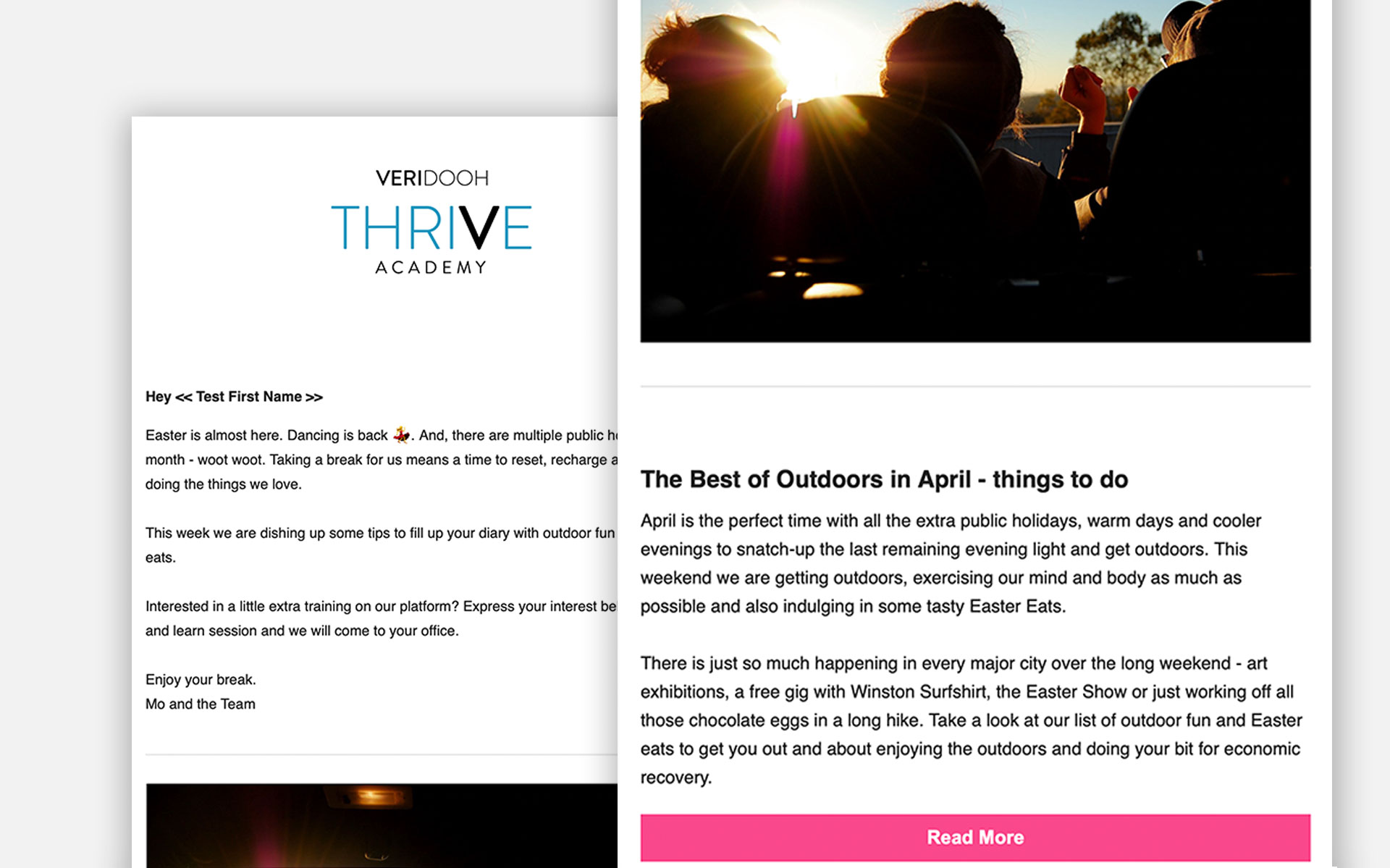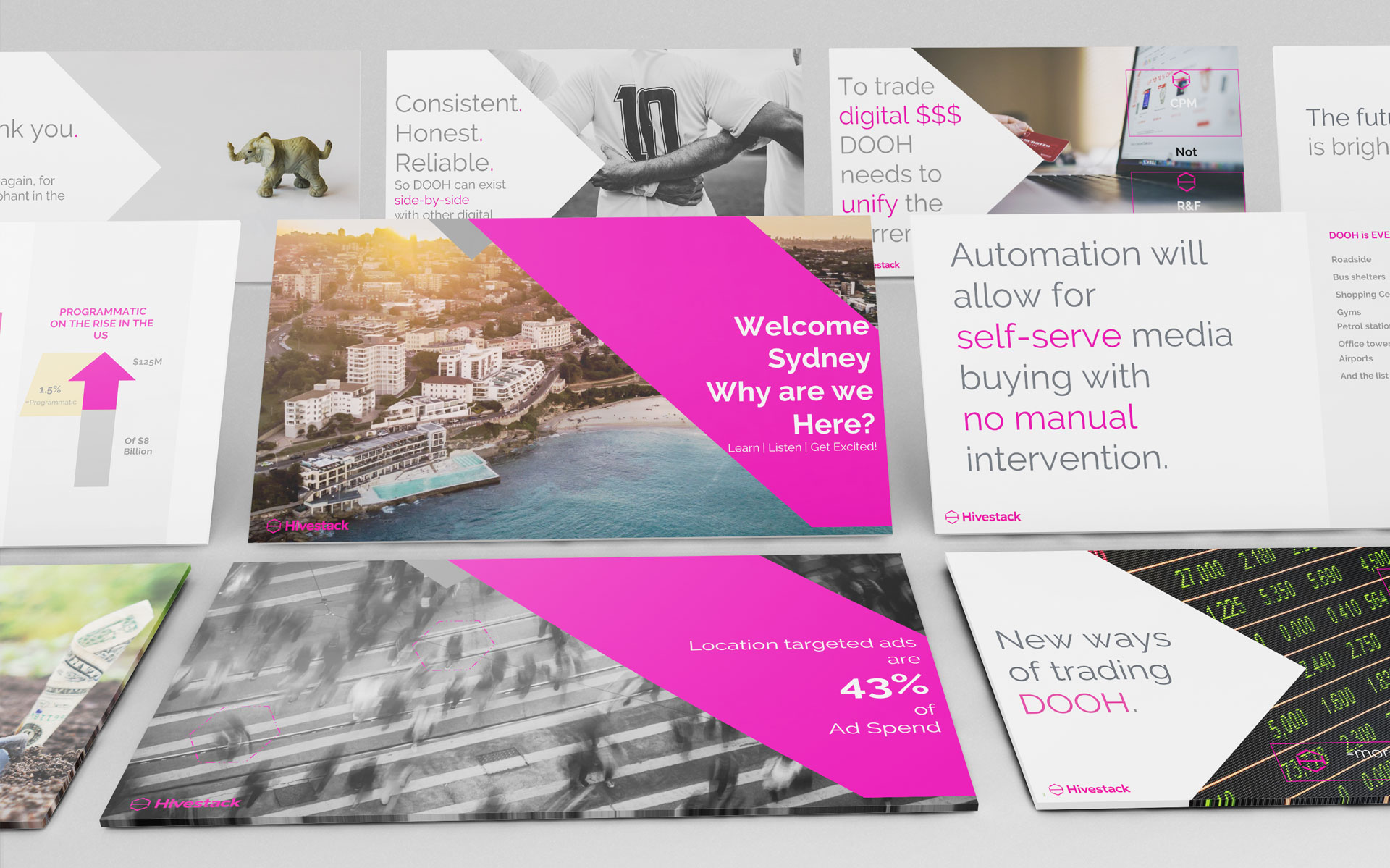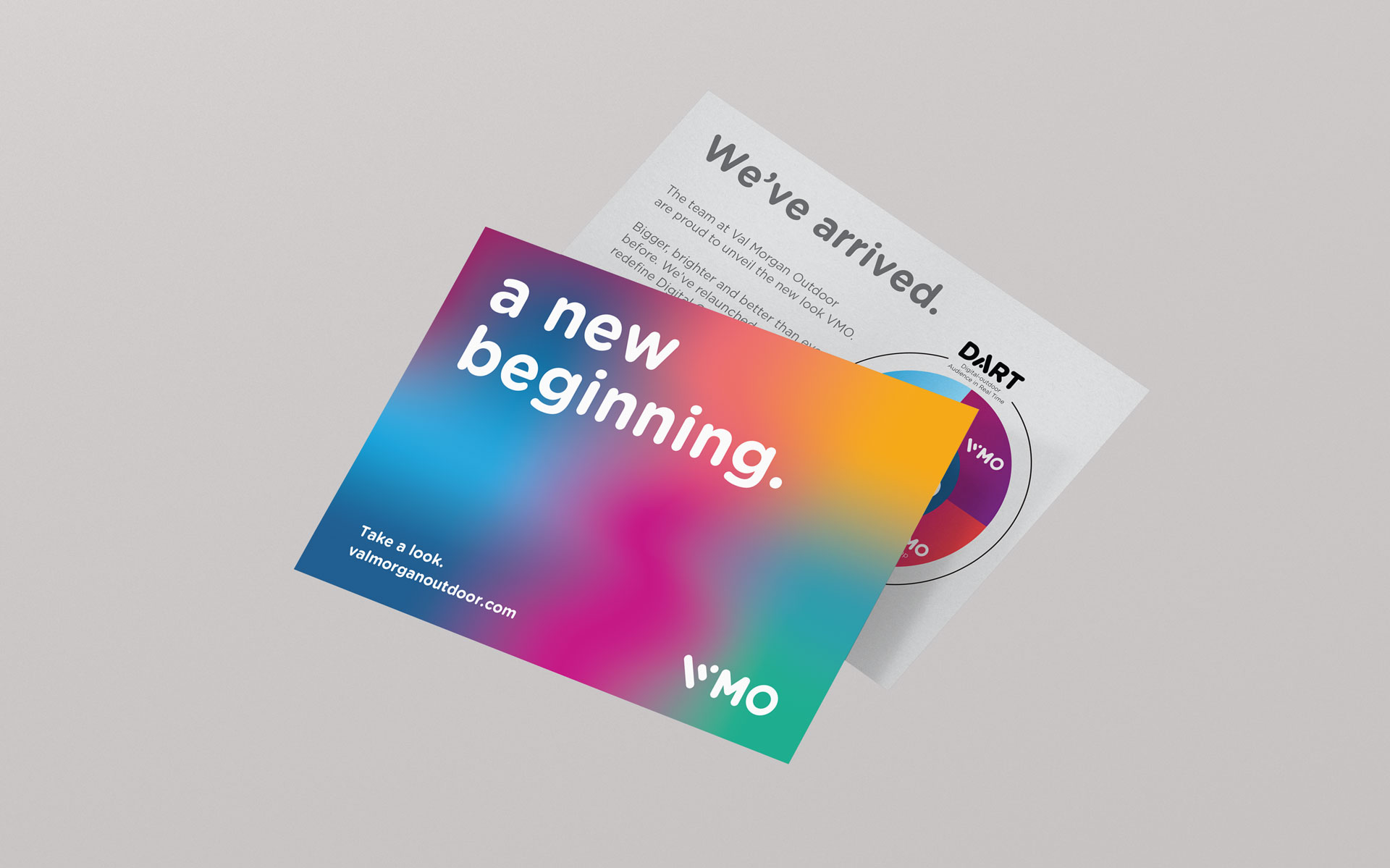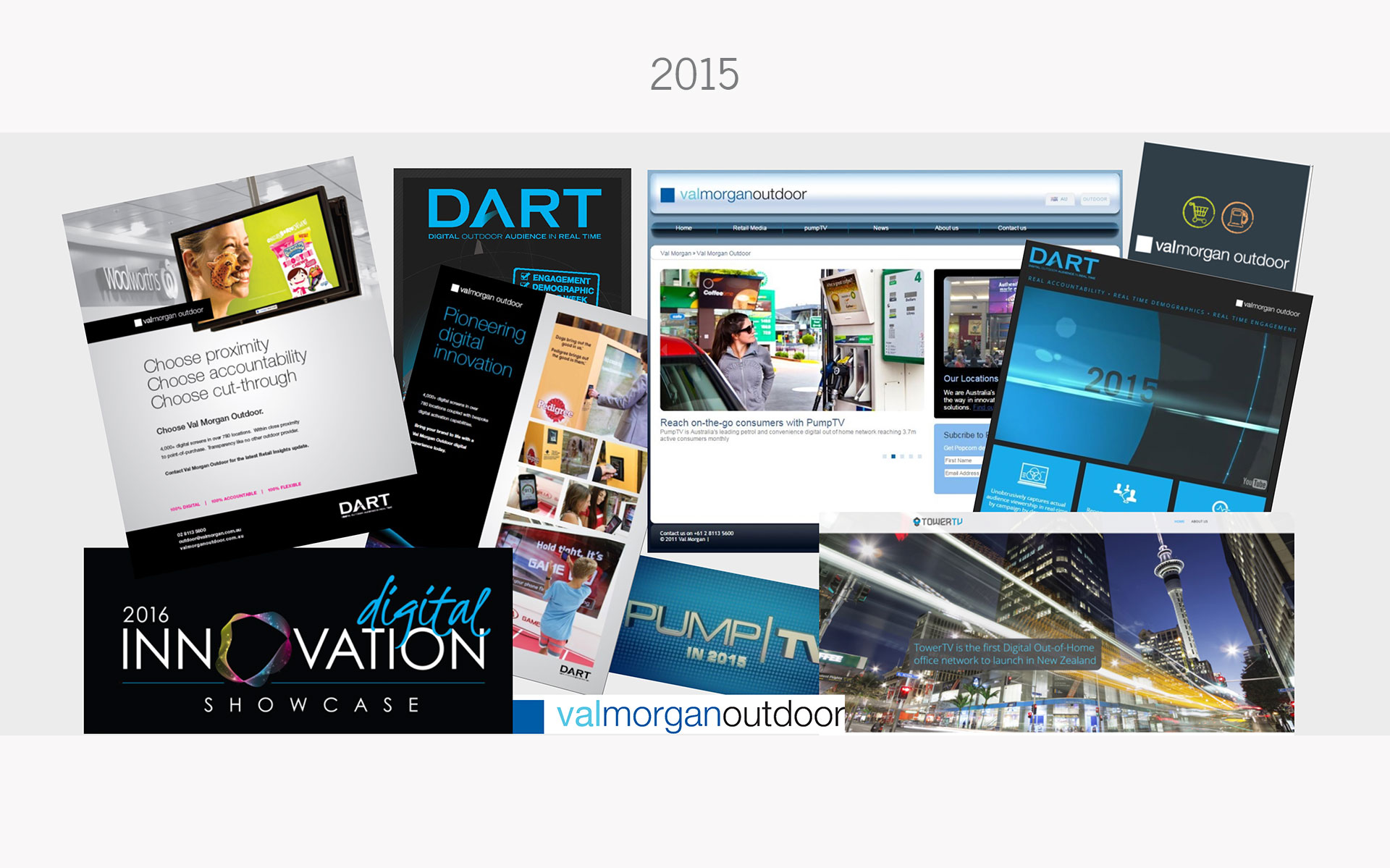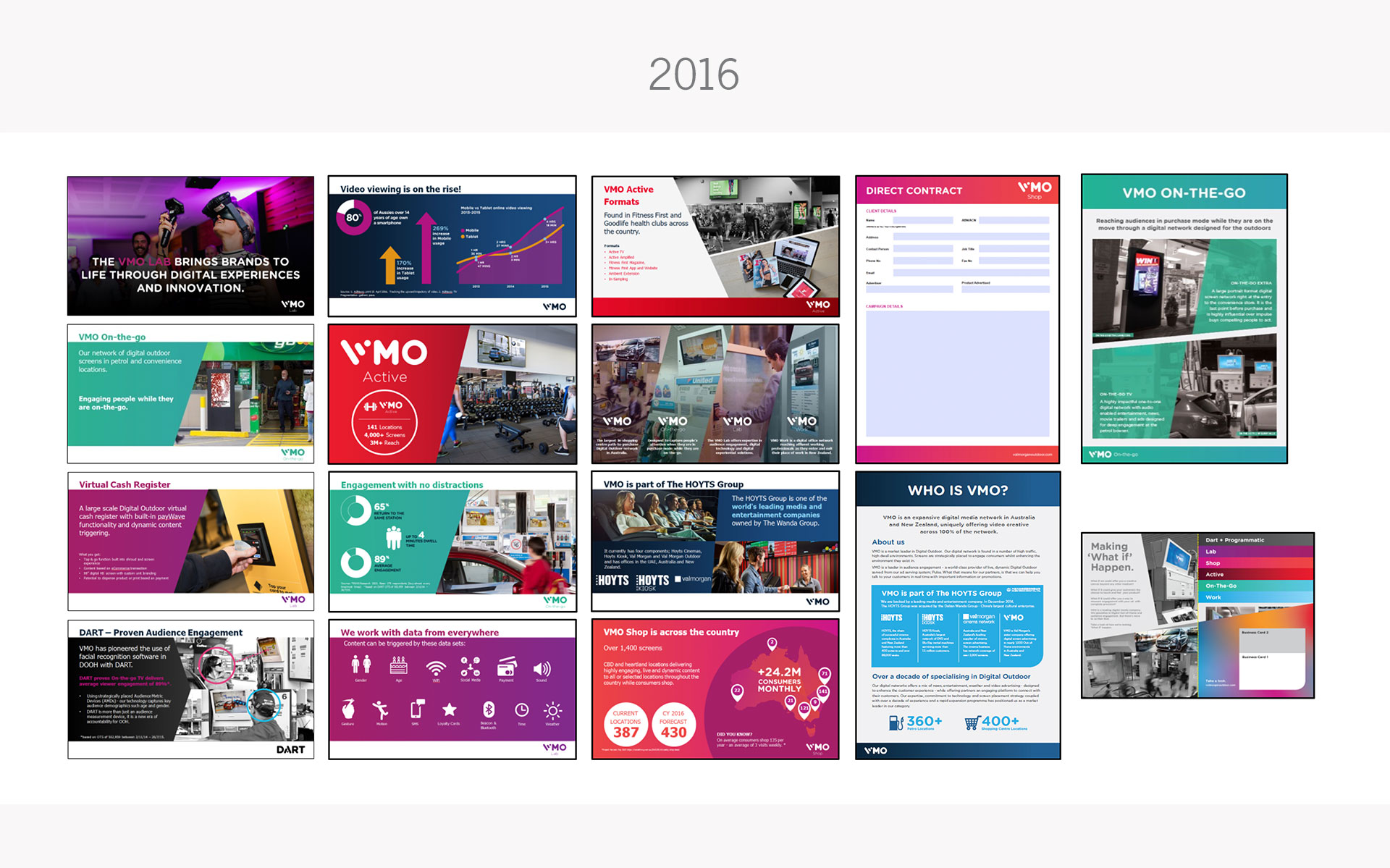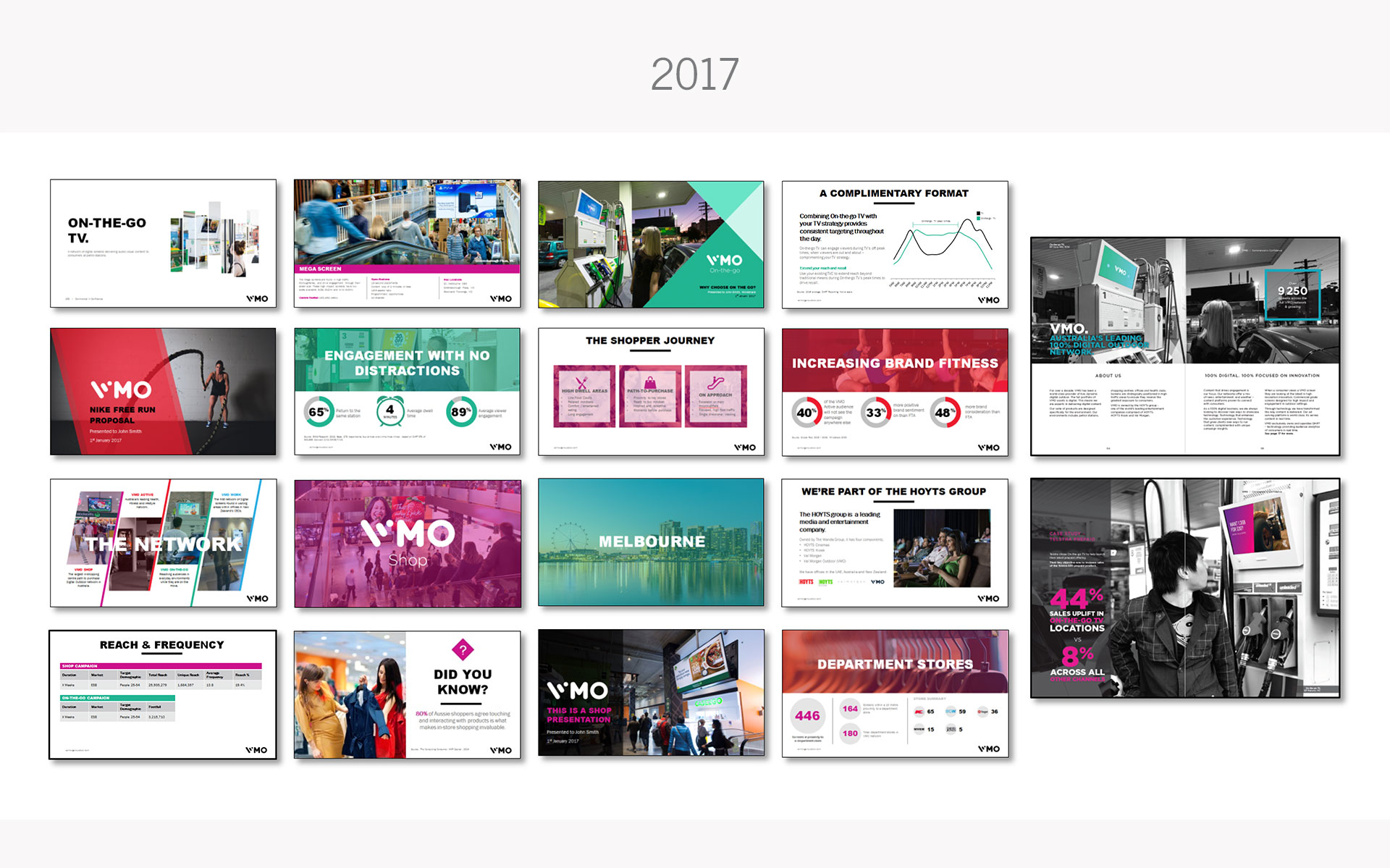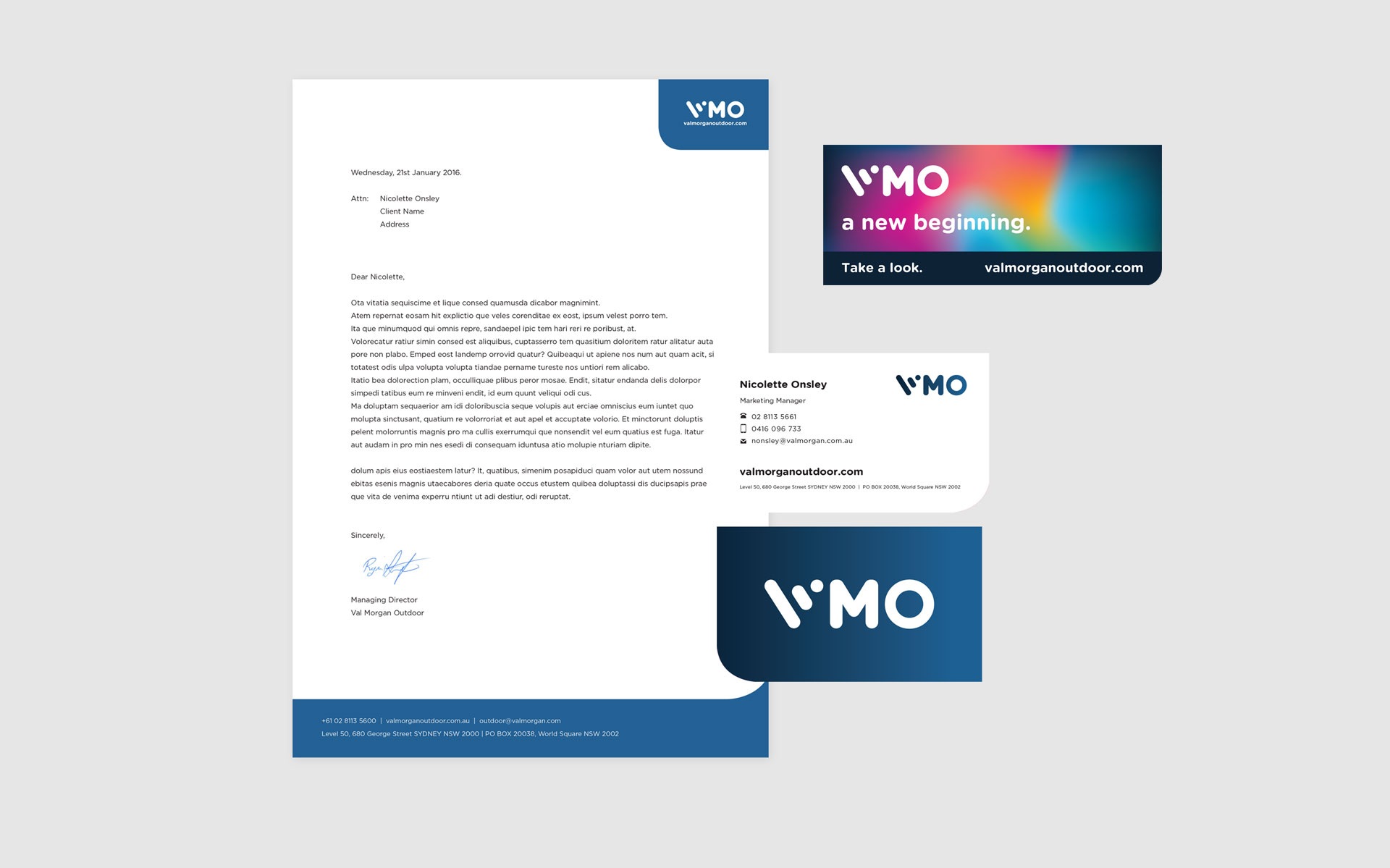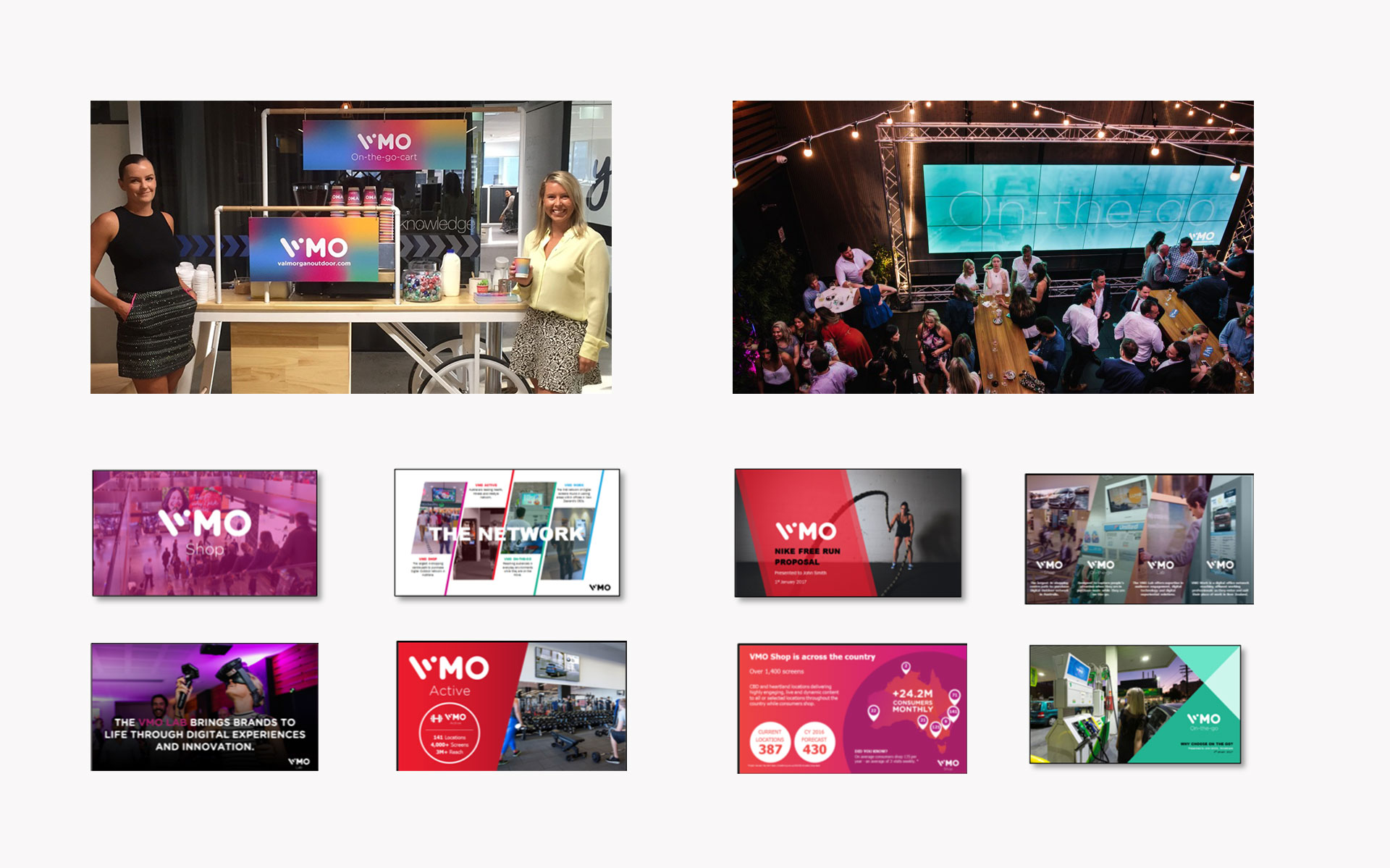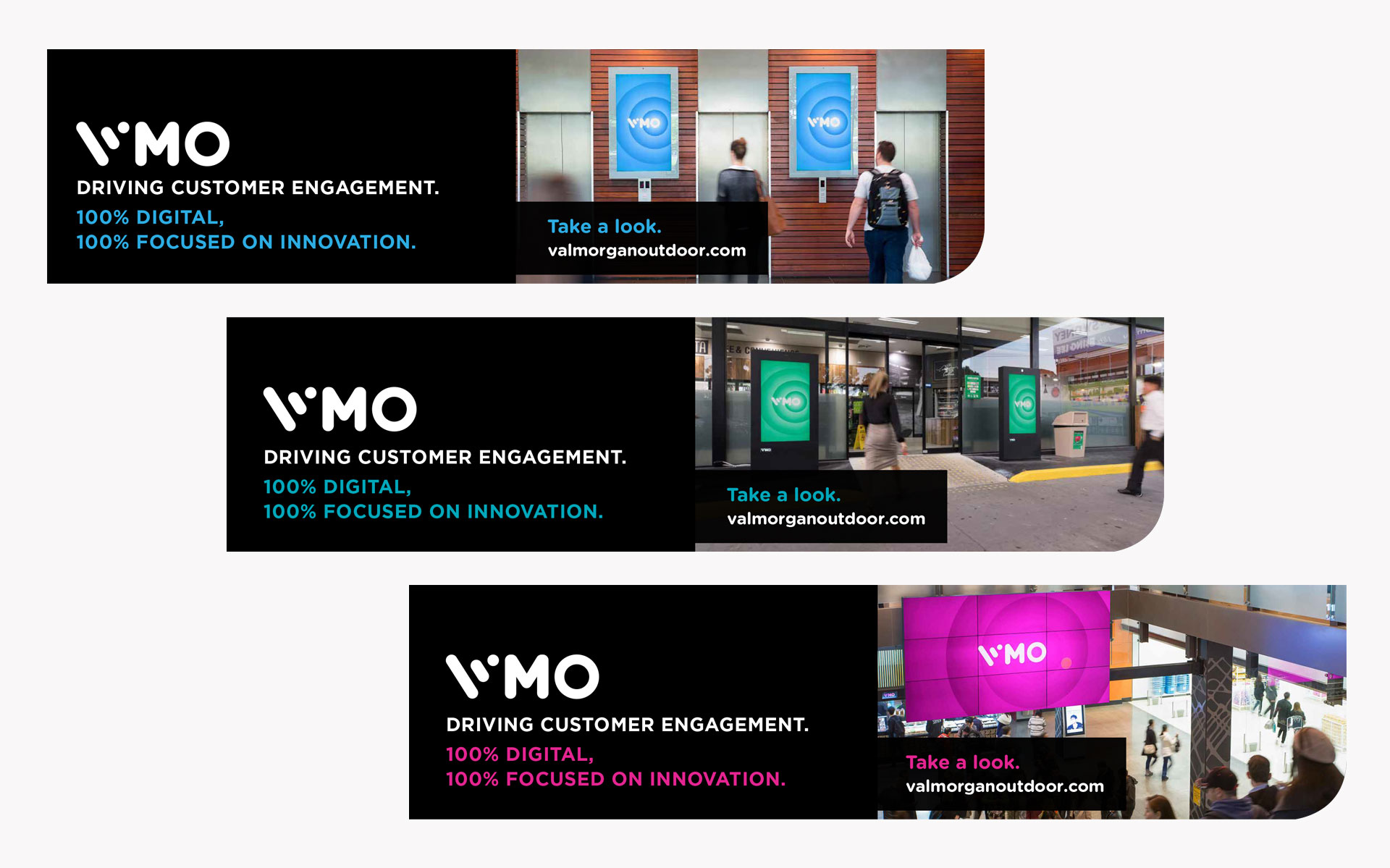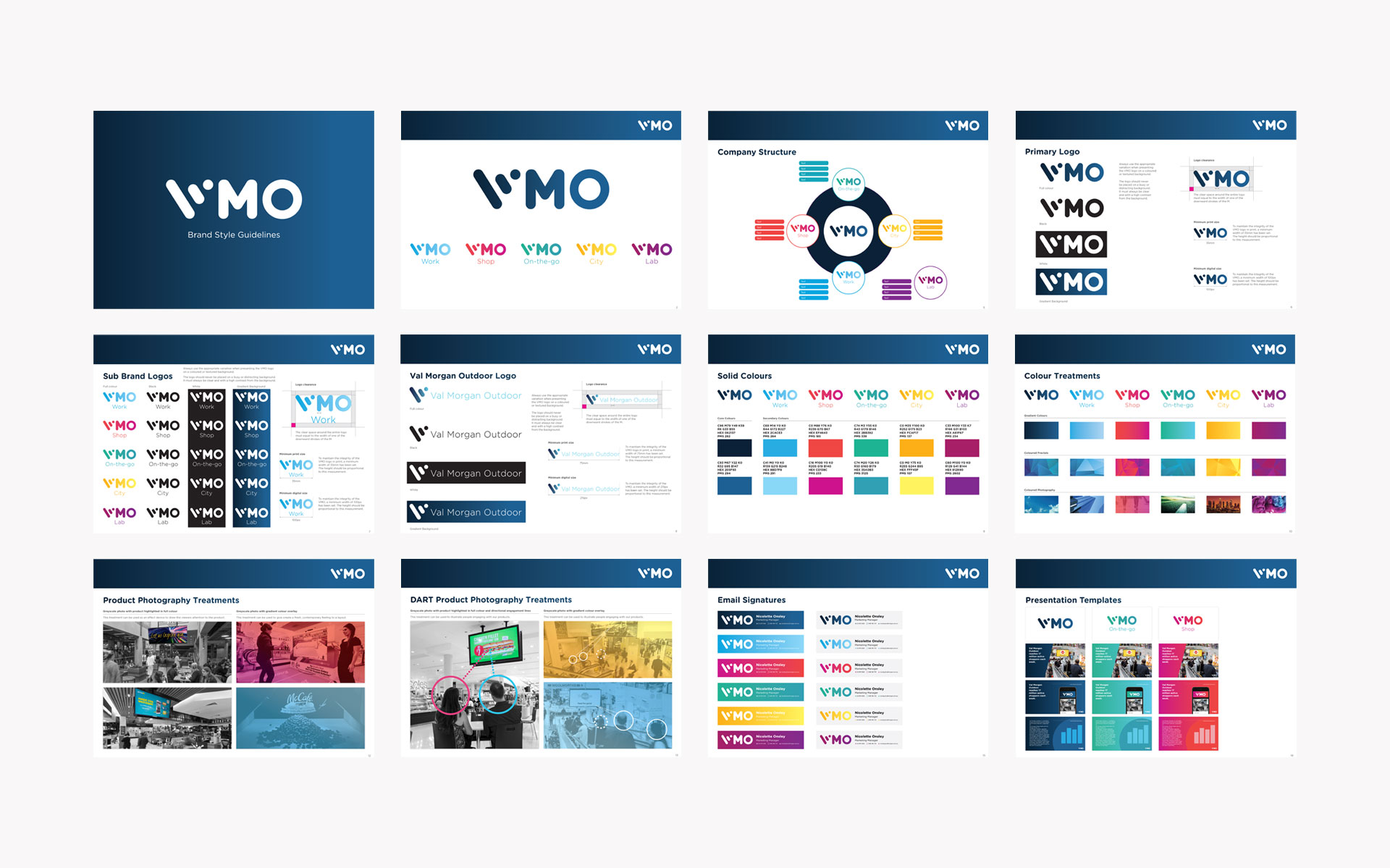When it comes to growing a business, a marketing plan is one the most valuable tools we have in our toolboxes as business owners. The thing is, when we make plans, we never intend for them to become derailed. But sometimes they just… do. The good news is that there are steps you can take during the planning process to make sure that you don’t permanently veer off track, or worse, come to a total standstill later down the line. Here’s how you can future proof your marketing strategy:
1 goal = many tasks

Making a marketing plan often leaves us feeling motivated and excited for what’s ahead, which is exactly how we should feel. However, it’s easy to fall into the trap of thinking “Wow, I’m pumped! Let’s achieve this thing and that thing and another ten things!” without actually considering how you’re going to get there.
To prevent yourself from getting carried away, break your marketing goals down into small manageable tasks, keeping in mind that each of these tasks should bring you one step closer to where you want to be. We recommend working backwards on this. First of all, set your 90-day goals and your 12-month goals then ask yourself, “What tangible things do I need to do to get there?”. As you come up with ideas of how to get there, break each of them down into smaller subtasks. Before you know it, you’ll have a step-by-step guide to achieving your marketing goals. Also, if you have staff, ask them for their input on how to achieve your goals because chances are they’ll be helping you with the tasks along the way.
Get your business crew involved

Speaking of staff, if you have a team, no matter how big or small, we always recommend asking them to contribute to your marketing strategy. It’s all well and good to come up with a plan that you’re super keen to stick to, but the people in your business may be less inclined if they don’t understand the process and the thinking behind the plan. And, while you’re likely super talented and have heaps of good ideas, your staff will too. You hired them for a reason!
Our suggestion is to start by getting everyone in a room (or Zoom call) together for a brainstorming session and see what brainwaves take shape. Encourage your team to give their input and let them know that you’re open to hearing all ideas, no matter how outside of the box they may be. Often, they’re the ideas that turn out to be the best and if everyone feels as though they’ve contributed, they’ll be more committed to the long-term success of the strategy.
Do what you want
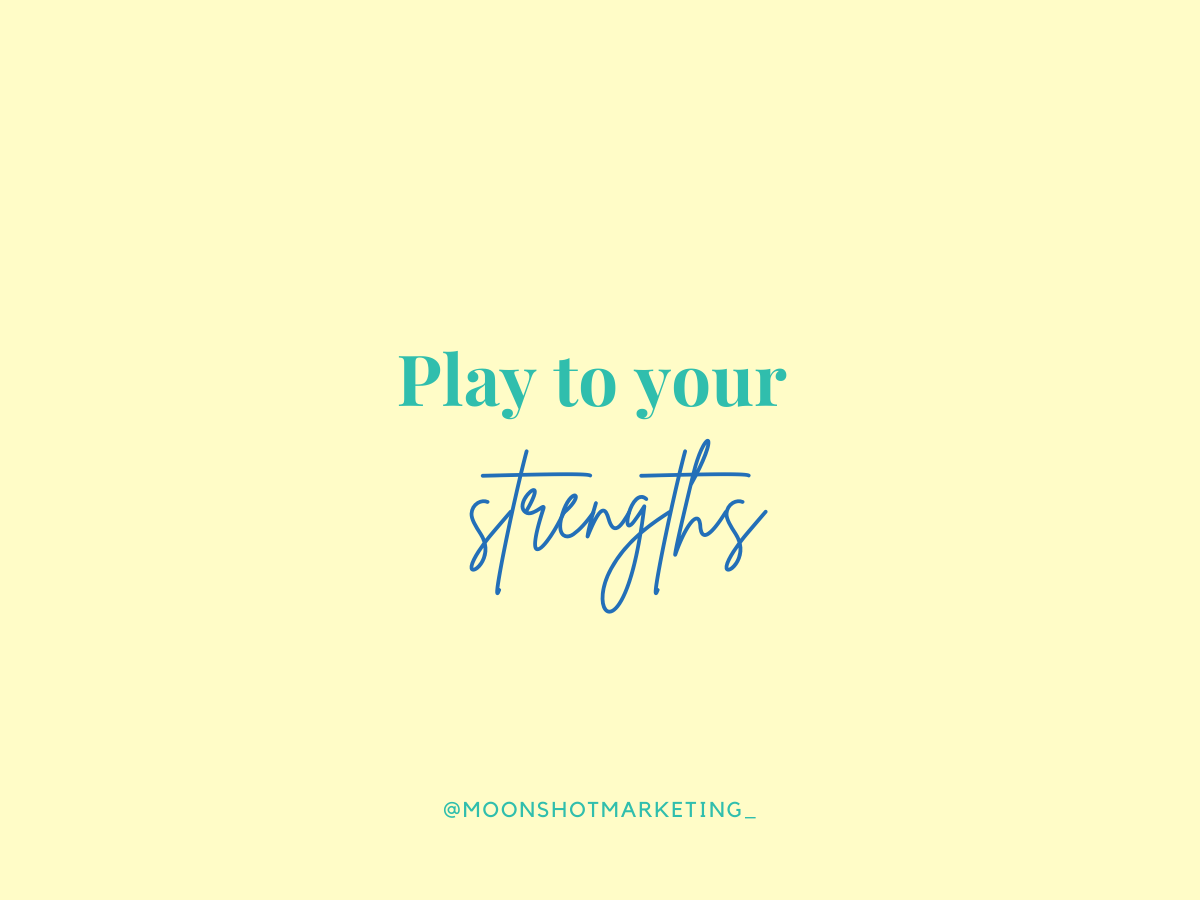
Okay so we’re not saying you can just do whatever floats your boat. Obviously, when crafting a marketing plan there are various elements that are crucial for achieving success. However, there’s also room for the things you enjoy or particularly like getting your teeth stuck into. For example, if you want to work on your brand awareness that’s fantastic but there are so many ways to achieve that. And while you should always take a multi-faceted approach to your marketing strategy, you can choose which elements you’re going to invest more of your time and resources into.
You might be a whizz with social media and decide that one of the areas you’re going to focus on is executing a kick ass organic Instagram strategy. Alternatively, social media might not be something that you get particularly excited about. That’s fine, you can decide that it’s going to play a smaller role when it comes to building brand awareness and one of your main projects will be starting a podcast because you love speaking about your industry. Or that you’re going to invest in an iconic paid brand campaign because you nerd out over the analytics side of things. Adapt your marketing plan to suit you, because when you enjoy doing something you’re 10x more likely to stick to it!
Are you keen to build a marketing strategy that will leave you feeling highly accomplished at the end of 2022? Let us know if you need a marketing-strategy-obsessed team who will help you to craft a marketing plan that you’ll stick to every step of the way. We’ve also created a FREE Marketing Plan Workbook that will help you to start build your marketing strategy today. Head to our homepage now and enter your details to get it sent to your inbox!







